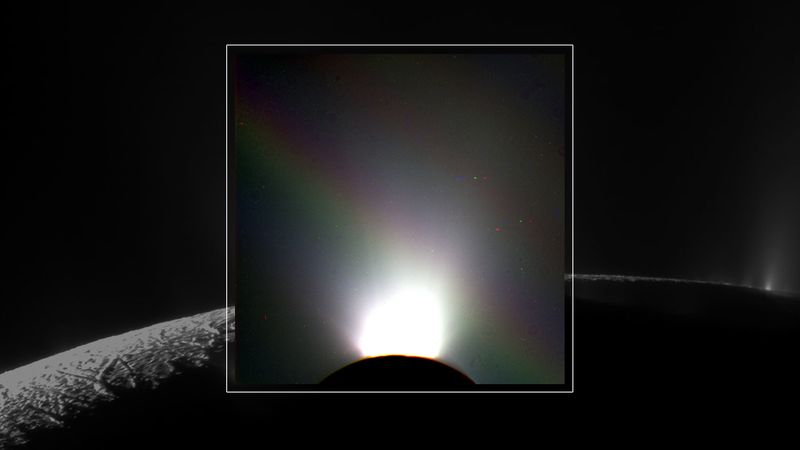When you think of radar, you probably think of large rotating military antennae and a green screen with blinking dots. But radar could do more than that, as radio waves are so versatile that they can be used not just to find aircraft, but also buried things, with applications in archaeology, construction, and mining. A new quantum approach, awaiting peer review, could take the bulkiness of the radar away and make it as small as a 1-centimeter (0.4-inch) cube, thanks to the quantum properties of atoms.
The rest of this article is behind a paywall. Please sign in or subscribe to access the full content.The secret to the massive reduction in size from a large antenna is that something else has been made hundreds of times larger: some of the atoms in the detectors. These are known as Rydberg atoms. Often, these applications are near absolute zero, but in this case, cesium atoms at room temperature were the target and central component of the system.
A laser was used to excite the outermost electrons of the cesium, making it swell in size. The atoms were now 10,000 times larger than they usually are – each atom was now almost the size of a bacterium. These inflated atoms are sensitive to electromagnetic fields, and this is why the team could use the system as a radio receiver suitable for a radar system. While the prototype is still bulky, the team believes that it can be shrunk into something the size of a die.
“Instead of having this sizable metal structure to receive the signal, we now can use this small glass cell of atoms that can be about a centimeter in size,” co-author Matthew Simons, from the National Institute of Standards and Technology (NIST), told the MIT Technology Review.
The team tested the tech in an anechoic chamber, which is one of those special rooms with foam spikes on walls, floor, and ceiling where all sound waves are absorbed. Radio waves are a form of light, but they are also absorbed by the foam; without reflection, the team could find an object in the room with an uncertainty of 4.7 centimeters (1.8 inches).
Rydberg atoms have seen increased interest due to their potential as compact quantum sensors. Just three years ago, researchers from NIST, including Simons, demonstrated that Rydberg atoms can be used as an antenna that can be made to receive color TV video signal and even stream video games, including the crucial gold standard for tech: it ran Doom.
The preprint, which is yet to undergo peer review, is available on the arXiv.





